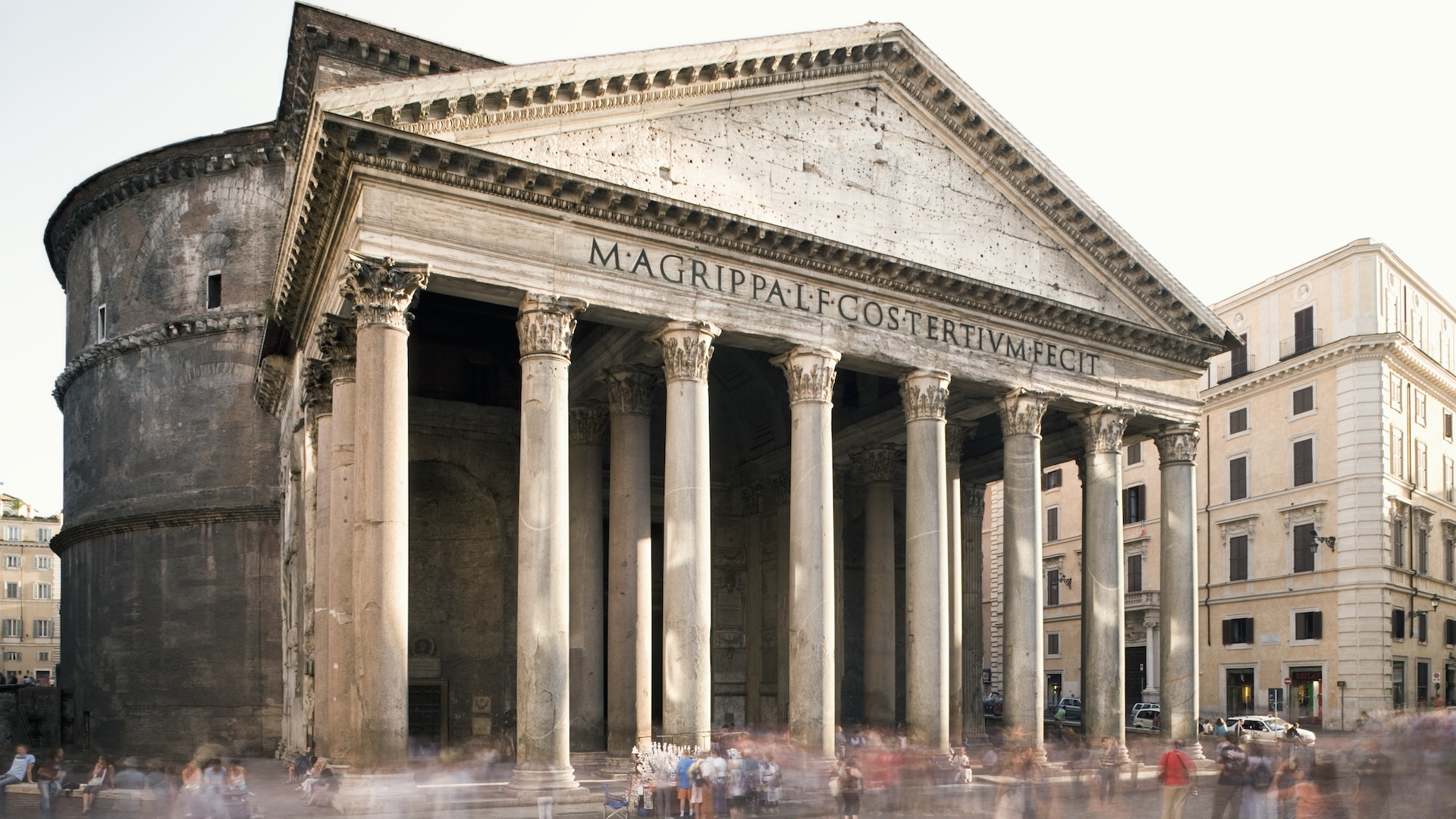When you buy through links on our site , we may gain an affiliate commission . Here ’s how it works .
Forty years ago , when children in Naples were represent in caves and tunnels under the hill of Posillipo in Italy , they did n’t cognize their playground was actually a Roman Catholic aqueduct . When they share their memories witharchaeologicalauthorities lately , it kicked off an exploration of one of the long , most mysterious examples of ancient piss base in the Roman world .
Rome ’s celebrated aqueduct render water for baths , drinking , public fountains and more . build up during a period of about half a millennium ( just about 300 B.C. to A.D. 200 ) , aqueducts around the formerRoman Empireare extremely placeable today thanks to their multitiered arched social organization . But this marvel of ancient computer architecture represents only a small fraction of the real water system ; the vast legal age of the infrastructure is still cloak-and-dagger .

Speleologists explore the Aqua Augusta, a Roman aqueduct that was previously the least-documented aqueduct in the Roman world.
alfresco of Rome , subterraneous aqueducts and their path are much less understood . This knowledge crack included the newly investigatedAqua Augusta , also called the Serino aqueduct , which was construct between 30 B.C. and 20 B.C. to connect luxury villas and suburban outpost in the Bay of Naples . Circling Naples and running down to the ancient vacation destination ofPompeii , the Aqua Augusta is known to have cover up at least 87 miles ( 140 kilometer ) , bringing piss to mass all along the coast as well as inland .
But the complex Aqua Augusta has barely been explored by researchers , making it the least - document aqueduct in the Roman Catholic existence . young breakthrough earlier this month by theCocceius Association , a non-profit-making mathematical group that engage in speleo - archaeological work , are make for this riveting aqueduct to luminousness .
Related : Hidden ancient Roman ' Bridge of Nero ' emerges from the Tiber during grievous drouth

This This Roman aqueduct found in Naples supplied water to ancient luxury villas.(Image credit: Associazione Cocceius (Cocceius Association))
Thanks to paper from local anesthetic who used to search the tunnel as kids , association member found a branch of the aqueduct that bear drinking pee to the hill ofPosillipoand to the crescent - shaped island ofNisida . So far , around 2,100 feet ( 650 cadence ) of the excellently preserve aqueduct has been found , make it the longest have sex segment of the Aqua Augusta .
Graziano Ferrari , president of the Cocceius Association , tell Live Science in an electronic mail that " the Augusta transmission channel runs quite well-nigh to the surface , so the privileged air is salutary , and strong breezes often run in the passages . " Exploring the aqueduct ask considerable caving experience , though . Speleologists ' most unmanageable challenge in exploring the burrow was to fudge the maze of prickle at one entrance .
" Luckily , the caving suits are quite thornproof , " he said . " After succeeding in get into the channel , we met normal caving challenge — some section where you have to crawl on all fours or thrust through . "

Local children used to play in this Roman aqueduct, but experts learned about it only recently.(Image credit: Associazione Cocceius (Cocceius Association))
In a newreport , Ferrari and Cocceius Association Vice PresidentRaffaella Lamagnalist several scientific subject area that can be done now that this reach of aqueduct has been find out . Specifically , they will be capable to direct the ancient urine flowing with in high spirits preciseness , to learn more about the igneous sequence that formed the mound of Posillipo , and to analyze the mineral deposits on the walls of the aqueduct .
— Vast burrow found beneath ancient Egyptian temple
— Ancient ' ritual tub ' and elite villa excavate by Jerusalem ’s Western Wall

The present entrance of the aqueduct, with two people for scale.(Image credit: Associazione Cocceius (Cocceius Association))
— Attila the Hun raided Rome due to starvation , not bloodlust , study suggests
Rabun Taylor , a professor of classic at the University of Texas at Austin who was not involved in the theme , tell Live Science in an email that the newly discovered aqueduct subdivision is interesting because it is " actually a byroad that served elite Roman villas , not a city . Multiple demand on this single water supply origin stretched it very thin , requiring careful sustainment and strict rationing . "
Taylor , an expert on Roman aqueducts , also enjoin the new discovery " may be able to tell us a lot about the local mood over hundreds of years when the weewee was feed . " This insight is possible thanks to a fatheaded deposit of lime , a calcium - deep mineral that " accumulates annually like tree diagram rings and can be analyse isotopically as a proxy fortemperatureand rain , " he explained .

Sinter (mineral deposits) building up on the side walls of the aqueduct, marking ancient water levels.(Image credit: Associazione Cocceius (Cocceius Association))
Ferrari , Lamagna and other appendage of the Cocceius Association plan to analyse the twist of the aqueduct as well , to determine the method acting used and the front of water control structures . " We believe that there are copious prospects for defining a inquiry and exploration design for this important discovery , which adds a significant element to the knowledge of the ancient population " populate in the Bay of Naples , they wrote in the report .















